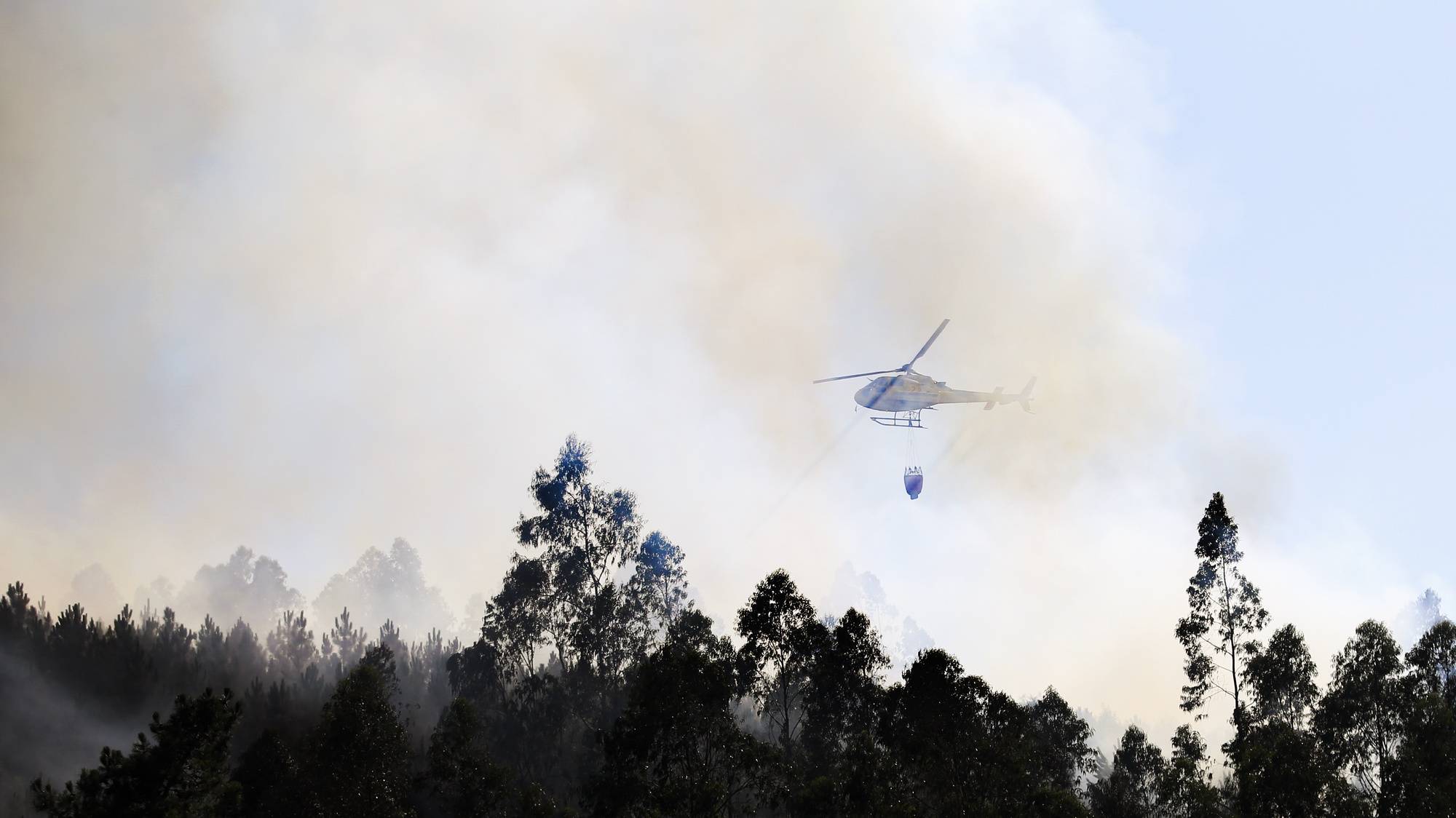Temperatures are expected to rise in the coming days, and could reach 40º Celsius inland on Friday. A day when five districts will be on orange alert due to the heat. At the moment, on Wednesday, the maximum temperature will vary between 24º in Aveiro and Sagres and 38º in Castelo Branco, so fifteen districts are under yellow alert and there are 2 municipalities at maximum risk of fire.
According to the Portuguese Institute of the Sea and the Atmosphere (IPMA), Bragança, Viseu, Guarda, Vila Real and Castelo Branco will be under orange alert between 9:00 am on Friday and 5:00 am on Saturday. Until then, these districts are on yellow alert, also due to high temperatures.
Ten other districts will remain under yellow alert until 5:00 am on Saturday: Évora, Porto, Setúbal, Santarém, Viana do Castelo, Beja, Aveiro, Coimbra, Portalegre and Braga.
For this Wednesday, the IPMA forecasts a partly cloudy or clear sky, with stronger winds on the coastal strip in the afternoon. and a slight increase in temperature in the regions north of the Mondego River.
Minimum temperatures will range between 16ºC (Coimbra and Aveiro) and 23ºC (Faro) and maximum temperatures between 24º (Aveiro and Sagres) and 38ºC (Castelo Branco).
According to the IPMA, meteorological conditions have put 20 municipalities in the districts of Bragança, Santarém, Castelo Branco and Faro at maximum risk of fire.
The IPMA also placed a large part of the municipalities in the north and center of the interior of the country at very high risk, covering districts such as Bragança, Vila Real, Viseu, Braga, Coimbra, Guarda, Castelo Branco, Portalegre, Santarém and Leiriain addition to the municipality of Almodôvar, in the district of Beja, and seven other municipalities in the Algarve.
Much of Alentejo and around 70 municipalities in the districts of Lisbon, Leiria, Coimbra, Aveiro, Viseu, Porto, Braga, Vila Real and Viana do Castelo are at high risk.
In the coming days, these fire risk levels will remain high, according to IPMA forecasts.
The risk of fire, determined by the IPMA, has five levels, ranging from low to maximum, and the calculations are obtained from the air temperature, relative humidity, wind speed and the amount of precipitation in the last 24 hours.
Source: Observadora
